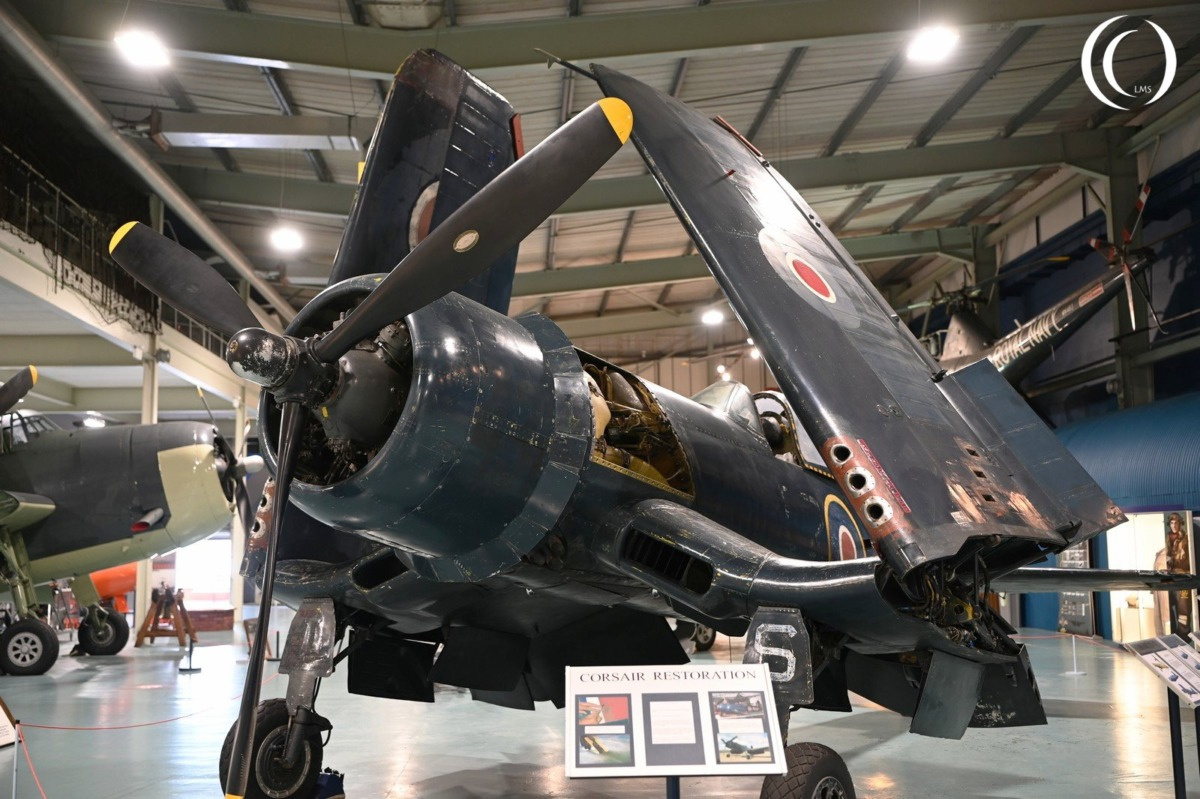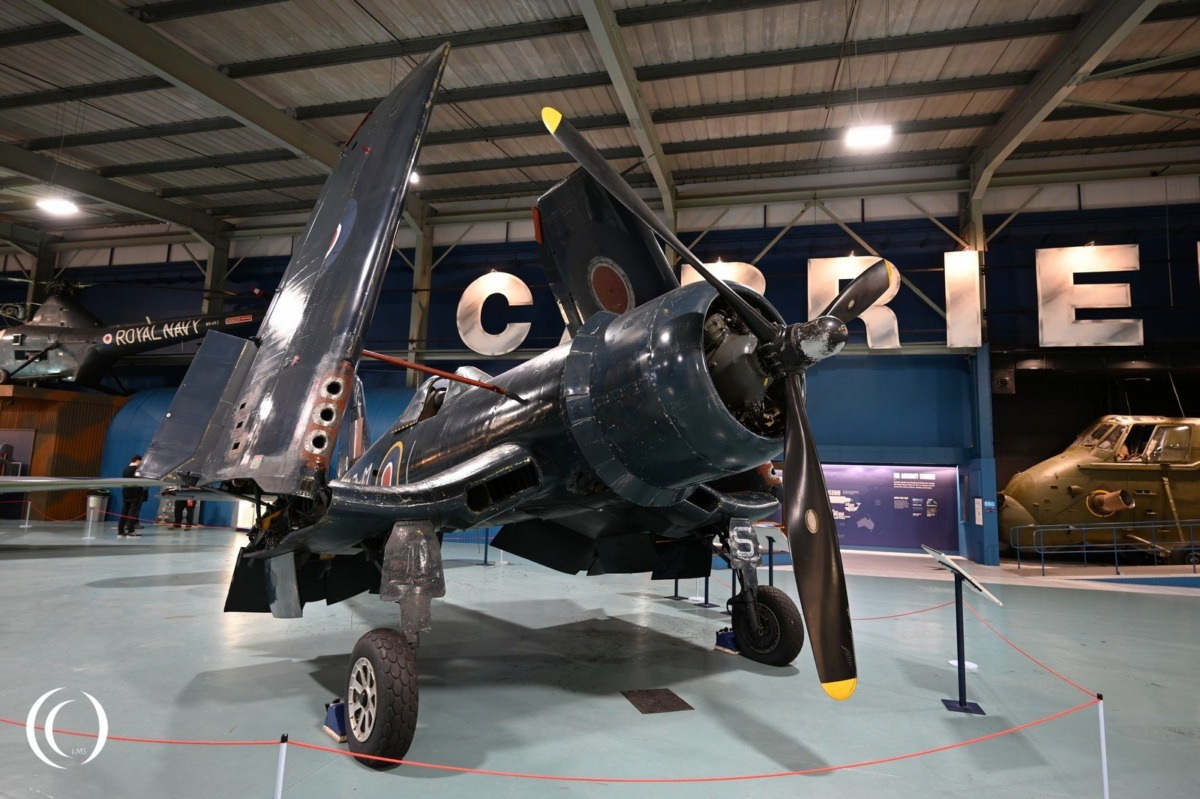
The Vought F4U Corsair was one of the most formidable and distinctive fighter aircraft of World War II, serving with great distinction in the Pacific Theater and beyond. Designed by Chance Vought in the late 1930s, the Corsair was developed to meet the U.S. Navy’s requirement for a high-performance carrier-based fighter. Its first flight took place on 29 May 1940, and although it encountered early challenges, it eventually became one of the most successful naval aircraft of the war.
One of the Corsair’s most recognizable features was its inverted gull wing design. This unusual configuration allowed for shorter, stronger landing gear to accommodate its massive 13-foot (4-meter) propeller, which was driven by a powerful Pratt & Whitney R-2800 Double Wasp 18-cylinder radial engine producing over 2,000 horsepower. This combination enabled the Corsair to exceed speeds of 400 mph (640 km/h), making it one of the fastest aircraft of its time and giving it an edge in both dogfights and strike missions.
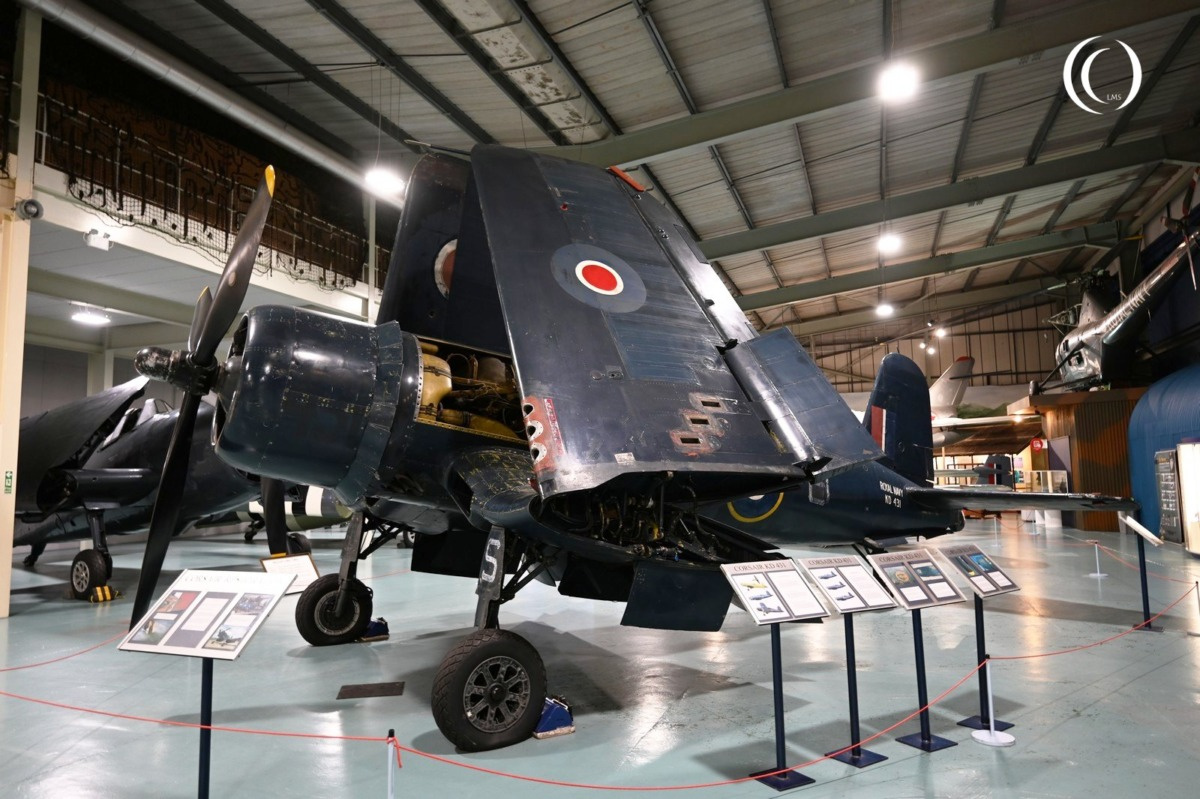
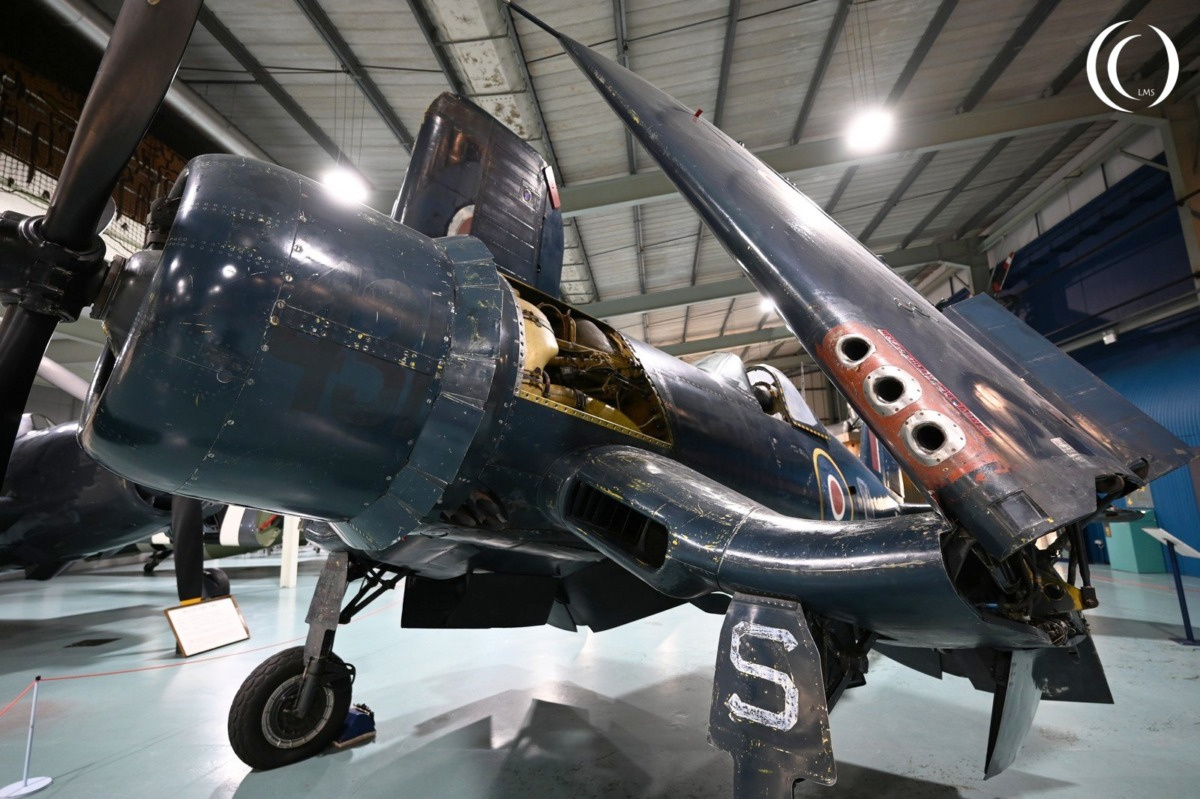
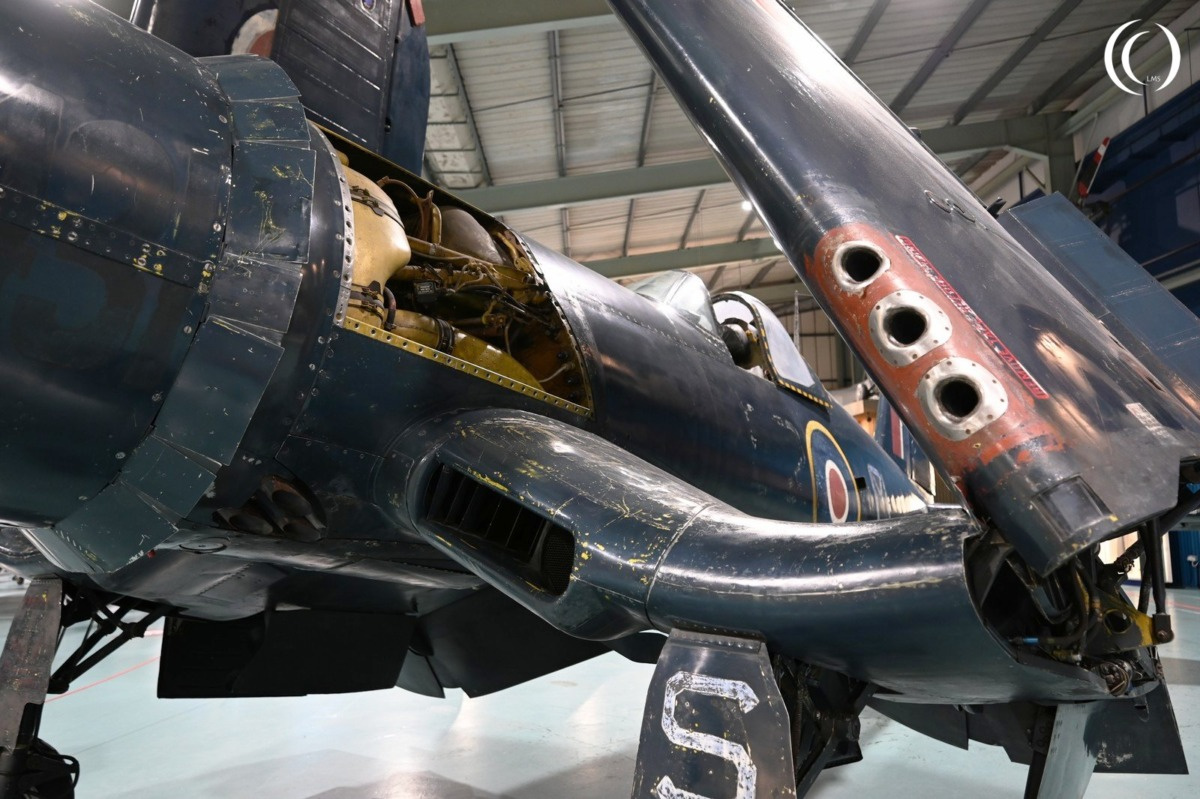
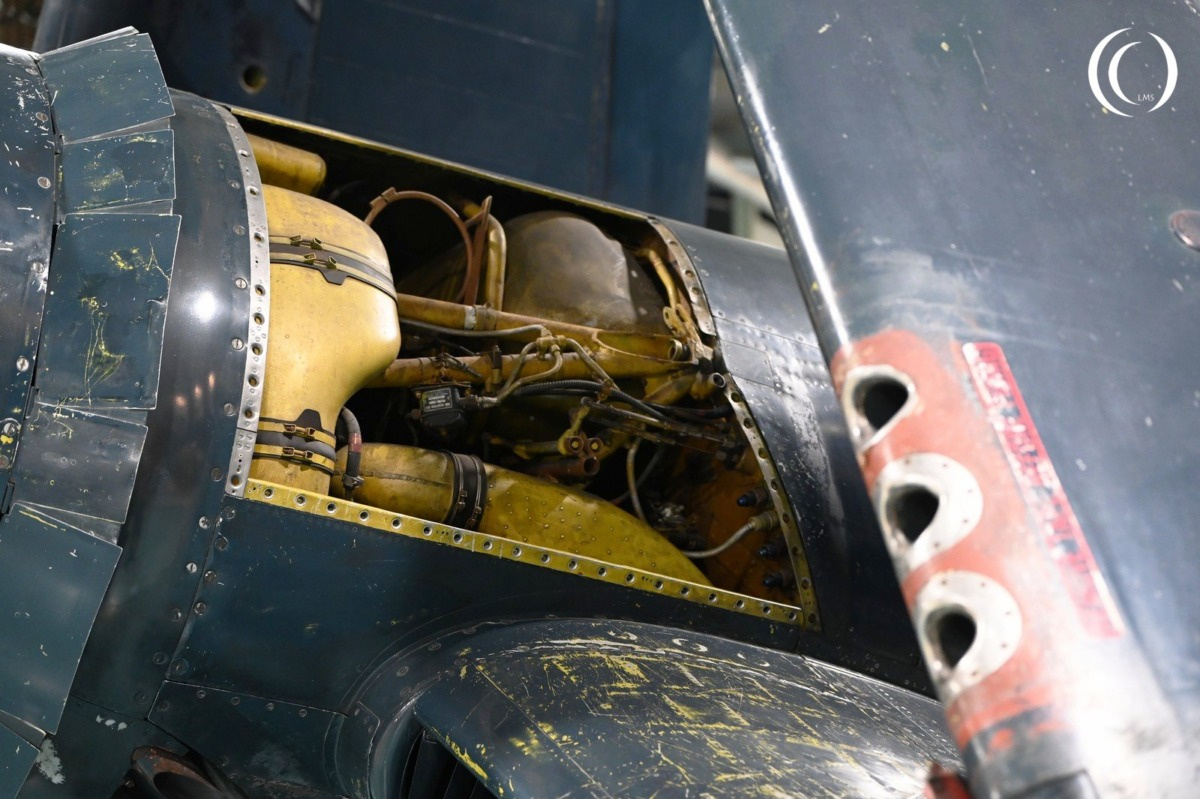
Initially, the F4U faced serious problems in carrier landings due to limited forward visibility from the cockpit and a tendency to bounce or stall during approach. As a result, early Corsairs were assigned primarily to U.S. Marine Corps land-based units, while the Navy continued to rely on the more carrier-friendly F6F Hellcat. However, the Royal Navy’s Fleet Air Arm operated the Corsair from carriers successfully by introducing improved landing techniques and modifications, such as clipping the wingtips to fit into the smaller hangars of British carriers.
Armed with six .50 caliber machine guns or four 20 mm cannons, the Corsair could also carry bombs, rockets, and drop tanks, making it a versatile platform for both air-to-air combat and ground attack. It was highly effective against Japanese aircraft such as the Mitsubishi A6M Zero, achieving a remarkable kill-to-loss ratio of over 11:1. Corsairs were credited with destroying more enemy aircraft than any other U.S. Navy fighter during the war.
The F4U’s combat record includes action in major battles such as Guadalcanal, Iwo Jima, and Okinawa, where it supported amphibious landings, provided close air support, and escorted bombers. Its robust construction and heavy firepower made it well-suited for these demanding roles.
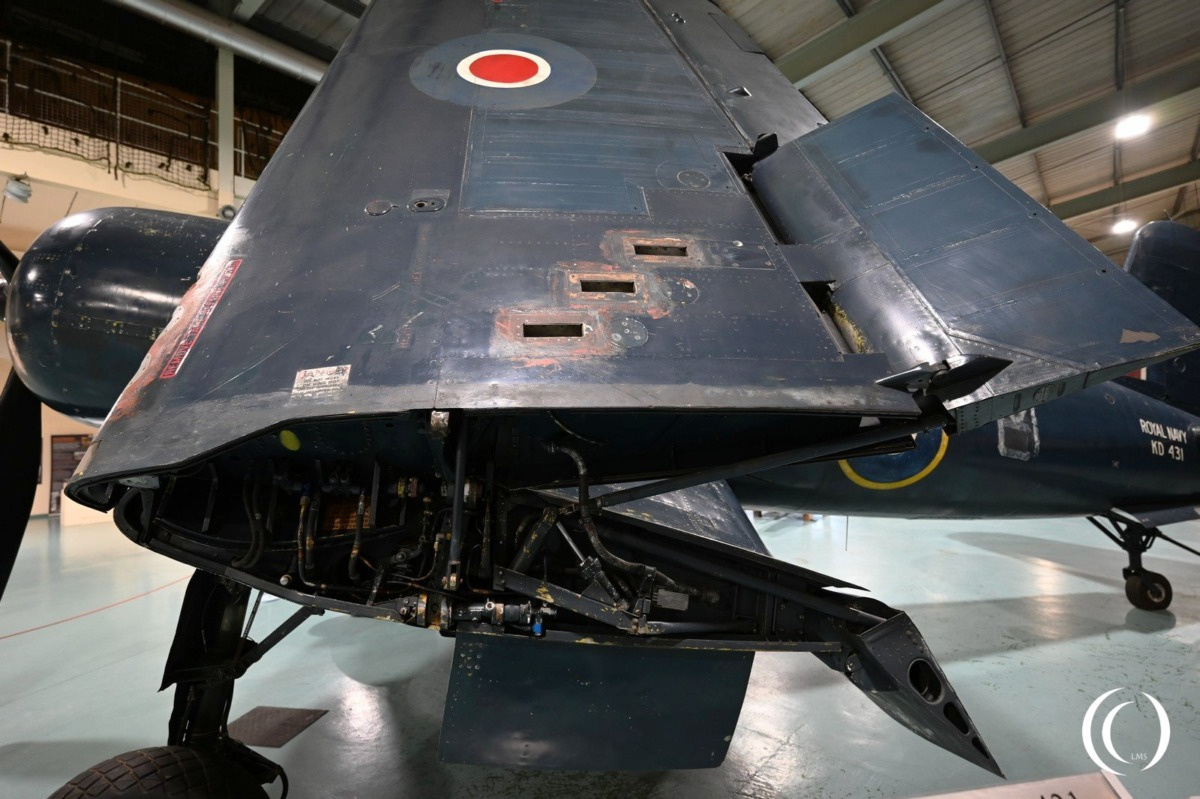
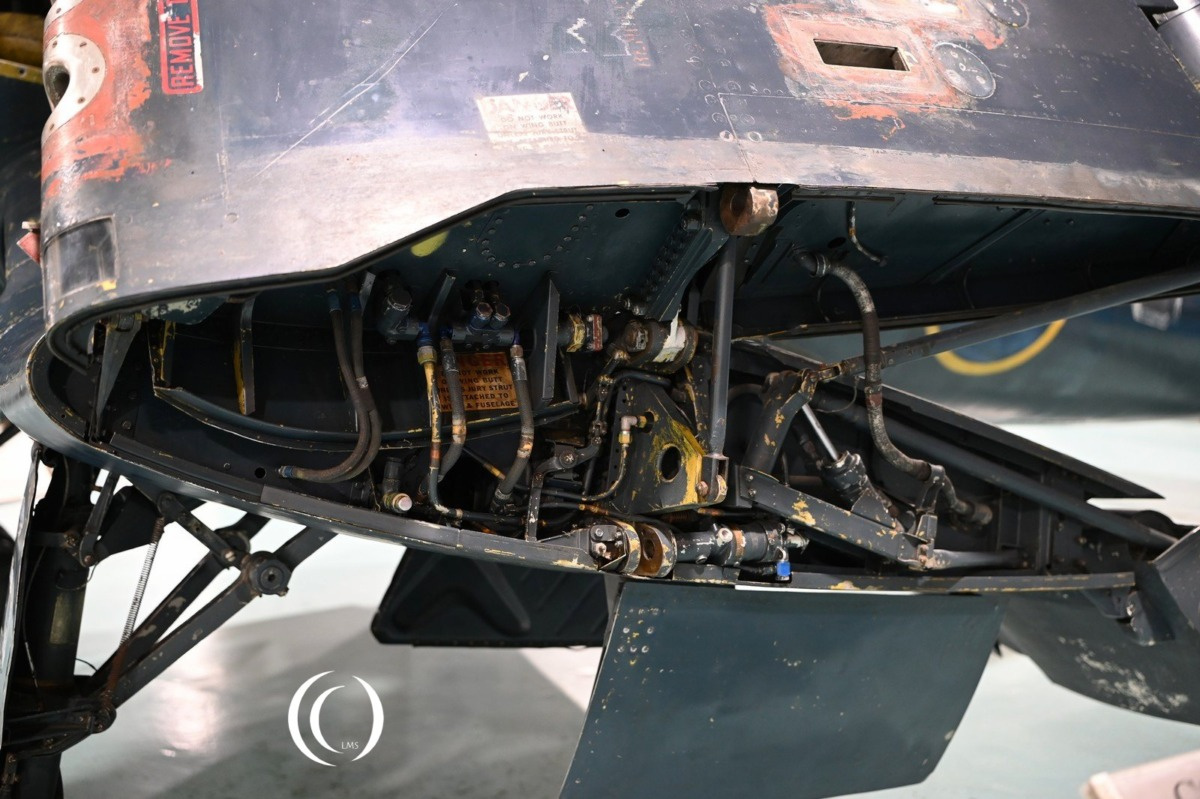
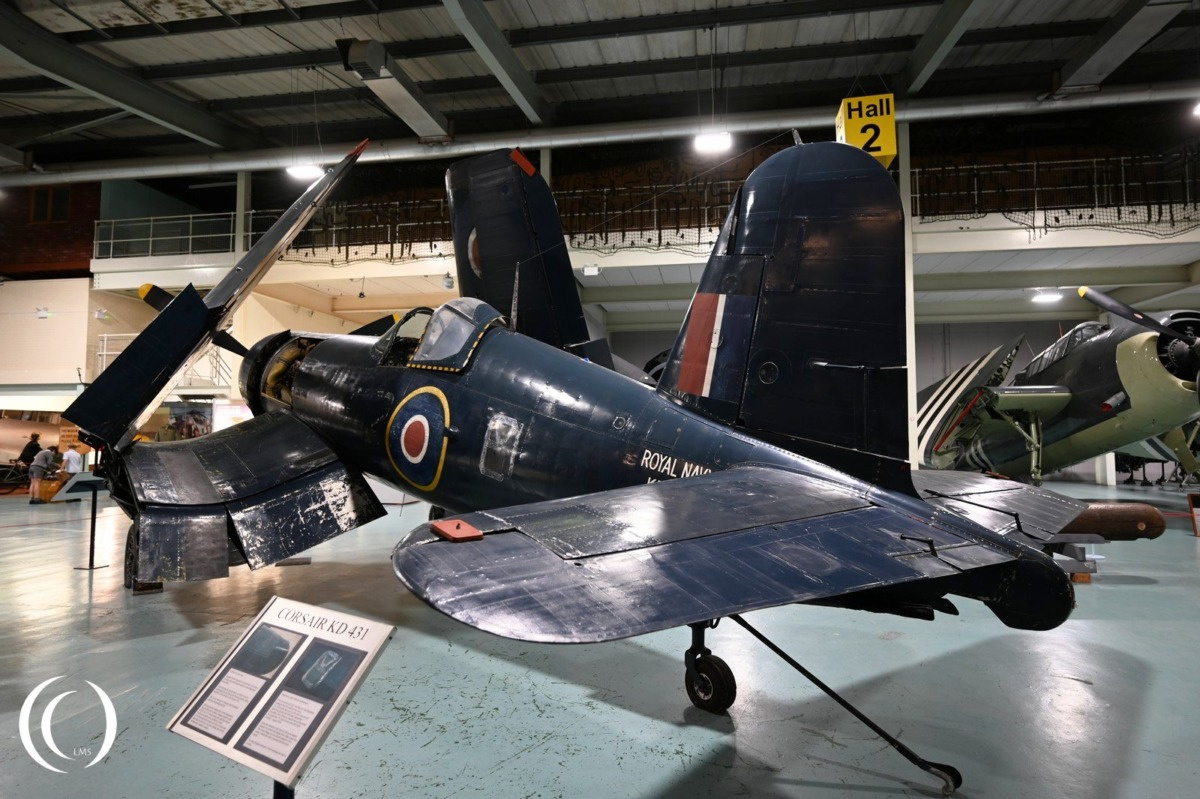
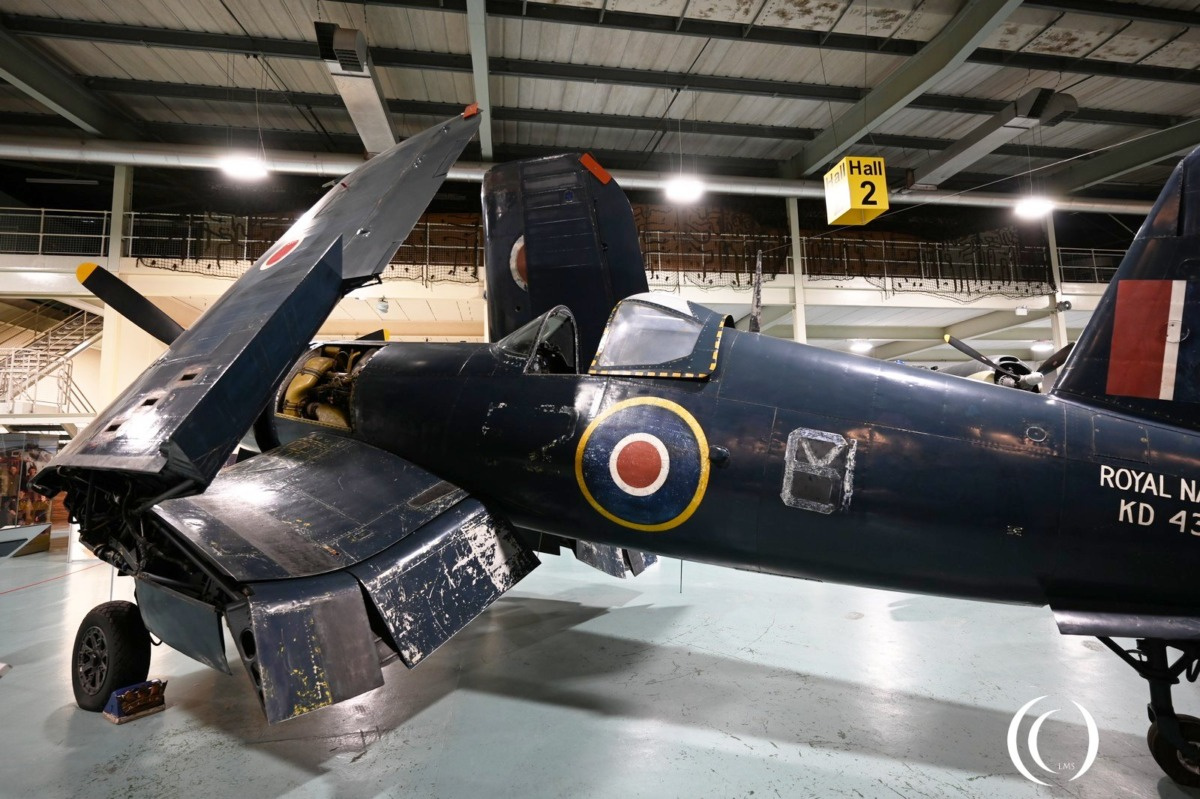
After World War II, the Corsair continued its service into the Korean War, where it was used primarily in a ground-attack role, often flying low-level missions against enemy troops and vehicles. By this time, jet aircraft had begun to dominate air-to-air combat, but the Corsair remained relevant due to its durability and payload capacity.
More than 12,500 Corsairs were built between 1942 and 1953 in various versions, including night fighter and trainer variants. It also served with several other countries, including France, New Zealand, and Argentina.
Today, the F4U Corsair is remembered not only for its distinctive silhouette and engine roar but also for its effectiveness, adaptability, and the courage of the pilots who flew it. Several airworthy examples remain, regularly flying in air shows and serving as living history of one of the greatest fighter aircraft of the 20th century.
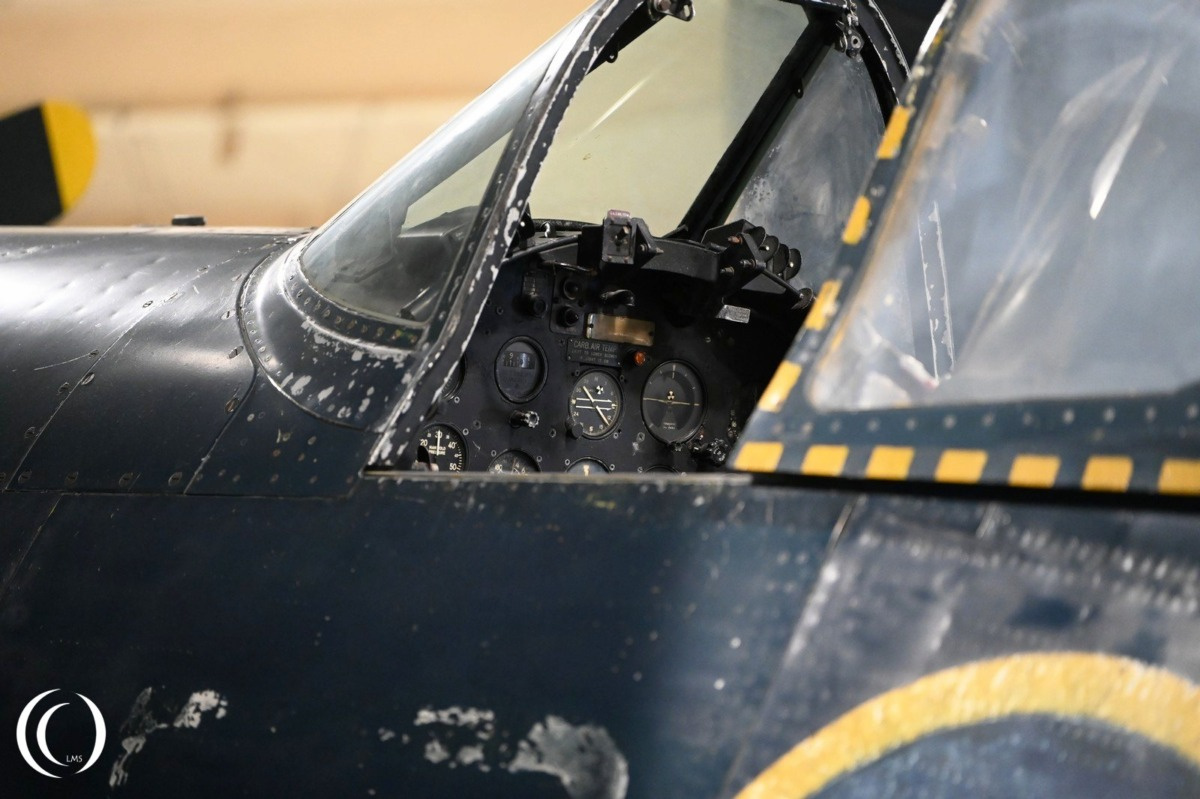

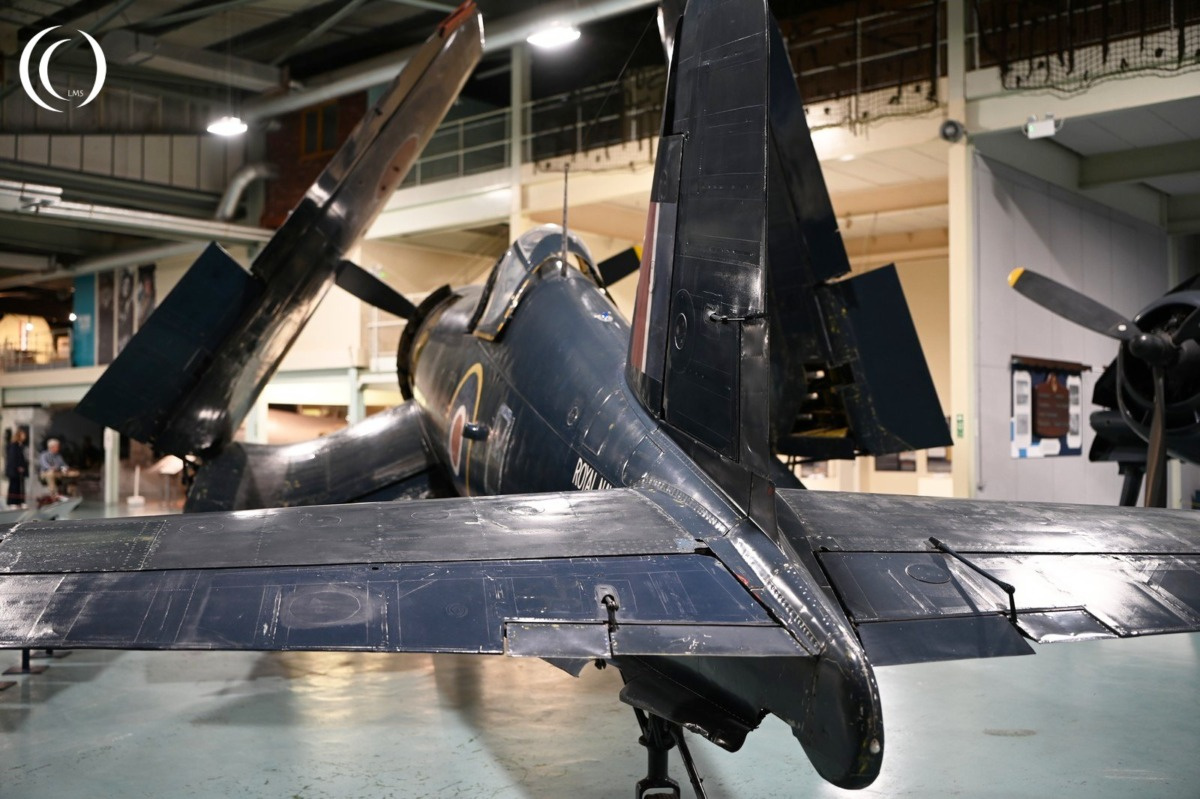
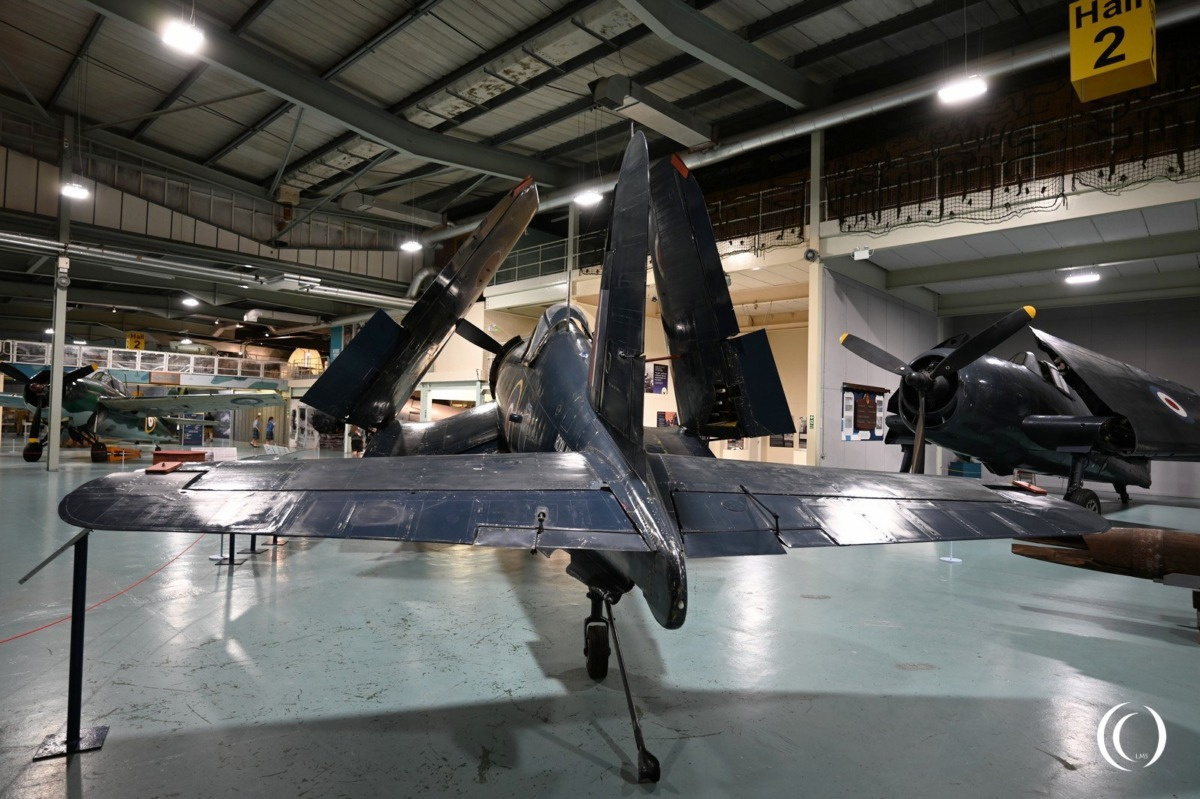
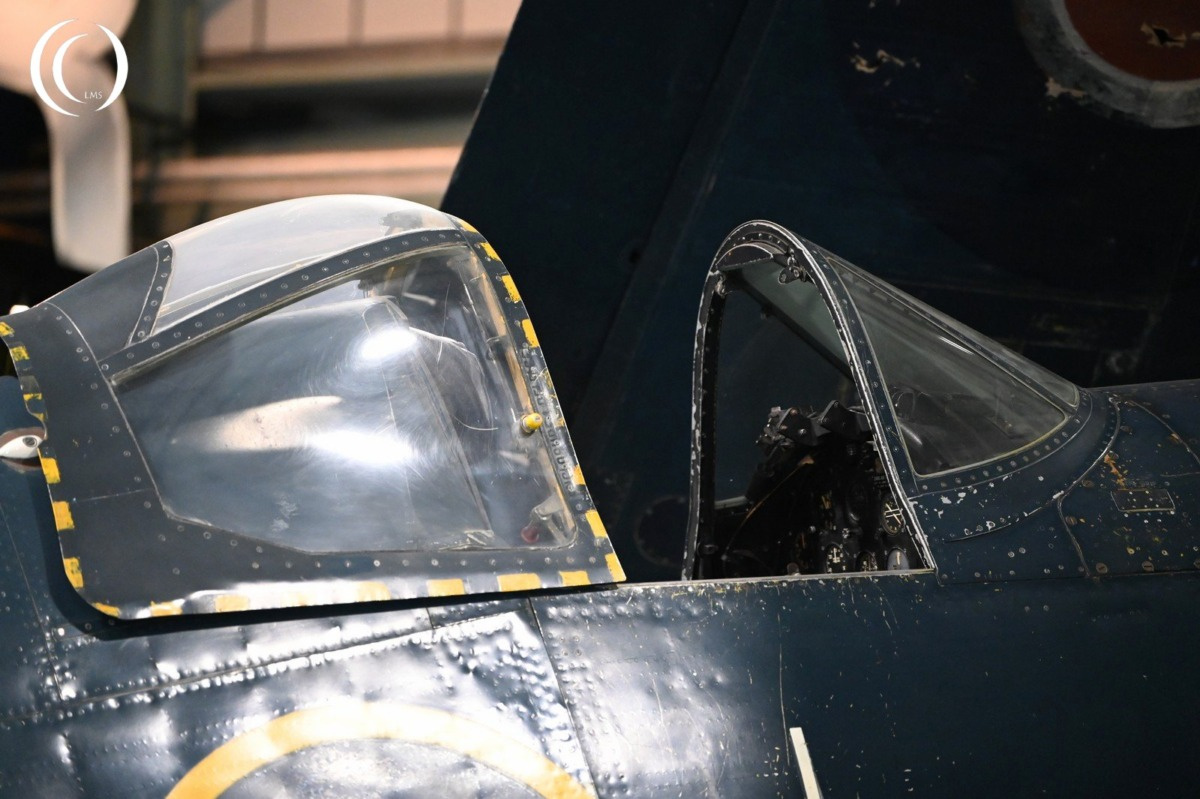
Technical Specifications
The Vought F4U Corsair had one crewmember, the pilot. The fighter aircraft was 33 ft 8 in (10.26 m), 33 ft 8 in (10.26 m) high and had a wingspan of 41 ft 0 in (12.50 m). The single Pratt & Whitney R-2800-18W radial engine with 2,380 hp and its 4-bladed propeller gave it a top speed of 446 mph (717 km/h). It had a cruise speed of 215 mph (346 km/h) and a range of 1,005 mi (1,617 km).
It was armed with six 0.50 in (12.7 mm) M2 Browning machine guns 375-400 rounds per gun. it carried eigth 5 in (12.7 cm) high velocity aircraft rockets and / or 4,000 lb (1,800 kg) of bombs.
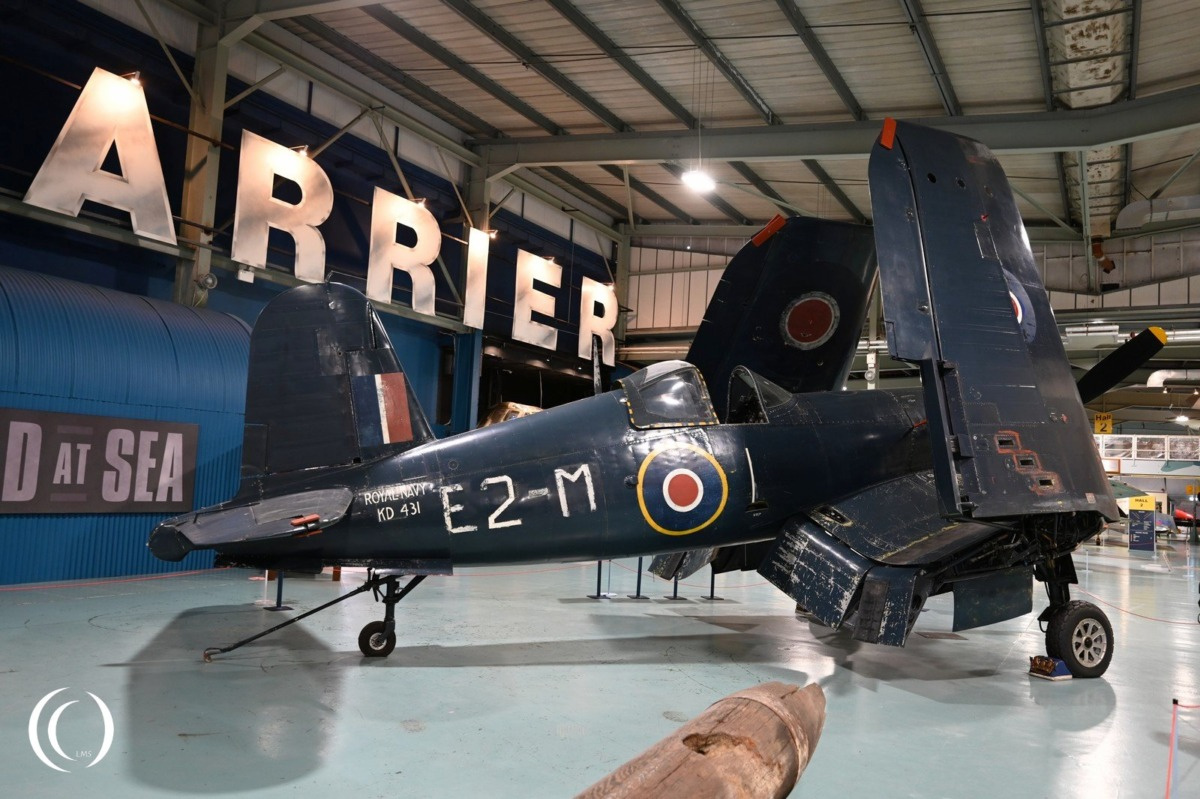
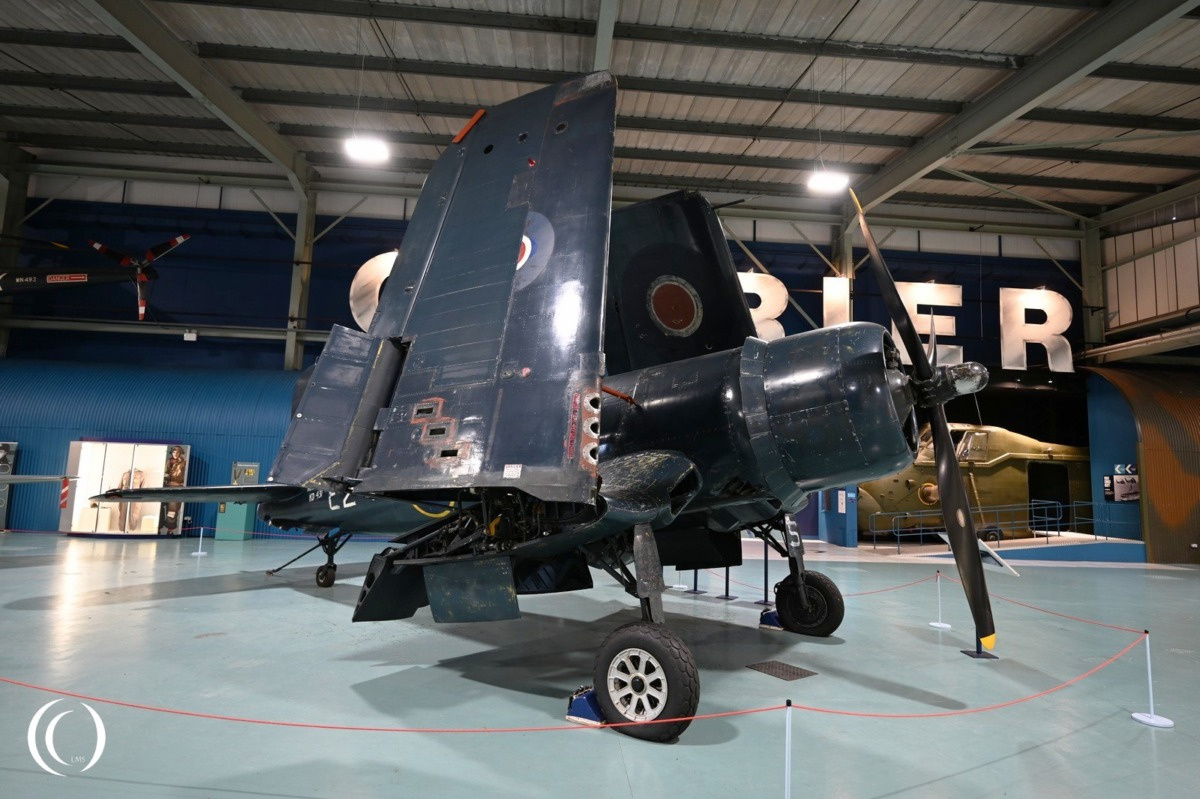
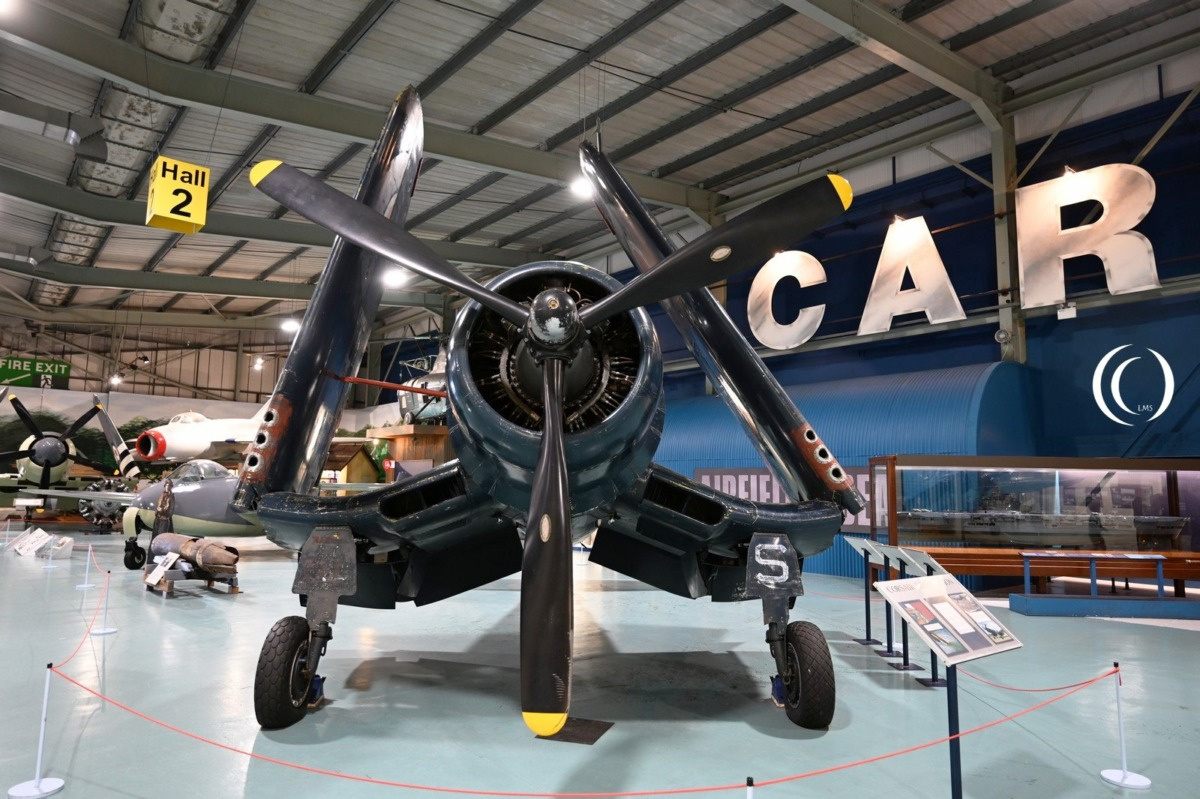
Vought F4U Corsair Mk. IV KD431
The Royal Navy’s Fleet Air Arm received 95 Vought F4U-1s. The first production version of the Corsair with the distinctive “birdcage” canopy and low seating position. Vought also built a single F4U-1 two-seat trainer; the Navy showed no interest. The Royal Navy designated the F4U-1A, Corsair Mk. II. Corsair type F3A-1 and F3A-1D, Mk. III and types FG-1A and FG-1D were called Corsair Mk. IV. The FG types were licenced-built Corsairs by Goodyear.
This aircraft in the photos bearing construction number 1871 is a Goodyear-built FG‑1A Corsair, Bureau Number 14862, and served with the Royal Navy as KD431 from late 1944. After its operational period it became a classroom fixture at Cranfield College from 1946. In 1963, it was preserved by the Fleet Air Arm and put on display. It is painted in E2-M markings representing 768 Squadron.
In total more than 12,571 Corais were built from 1942 to 1953.
